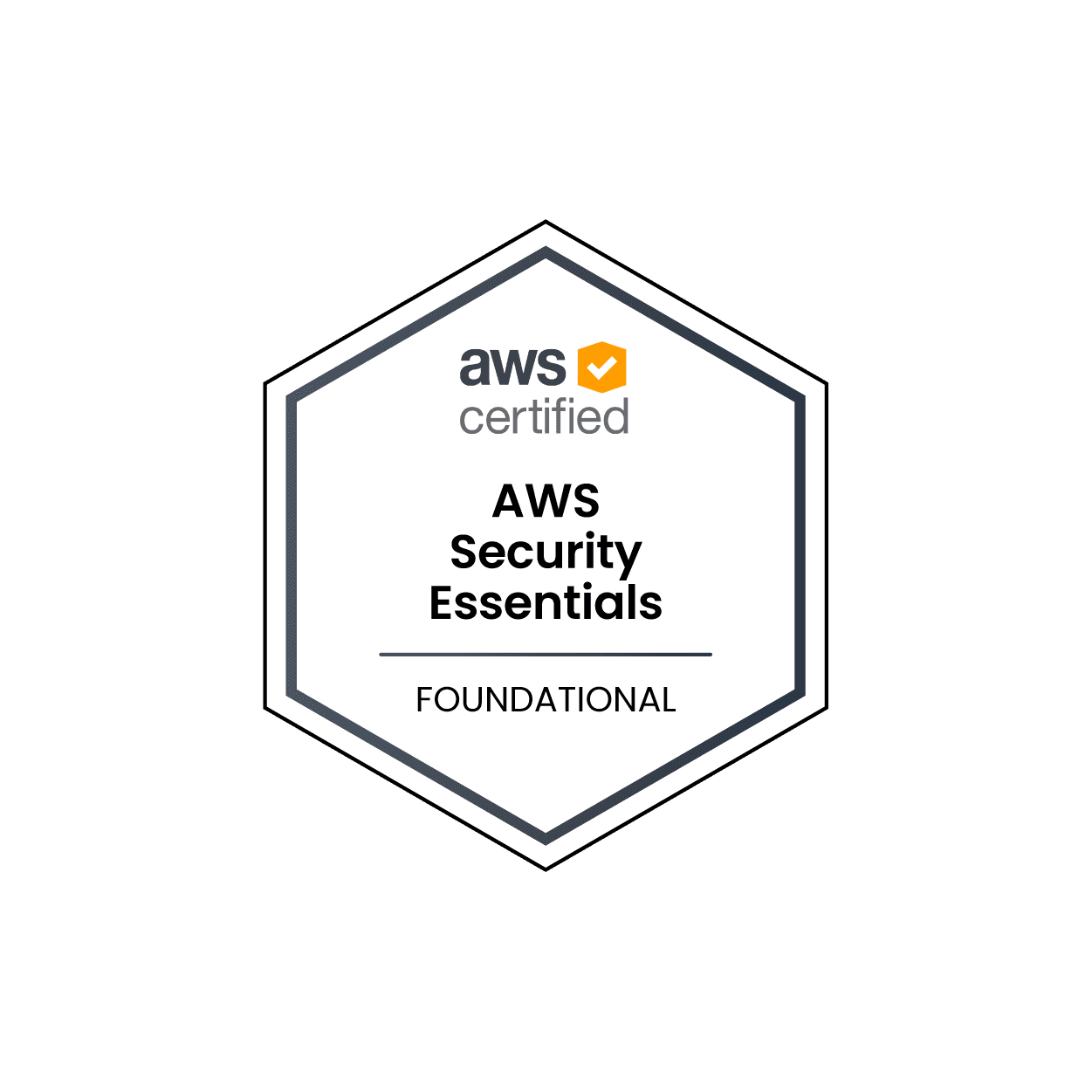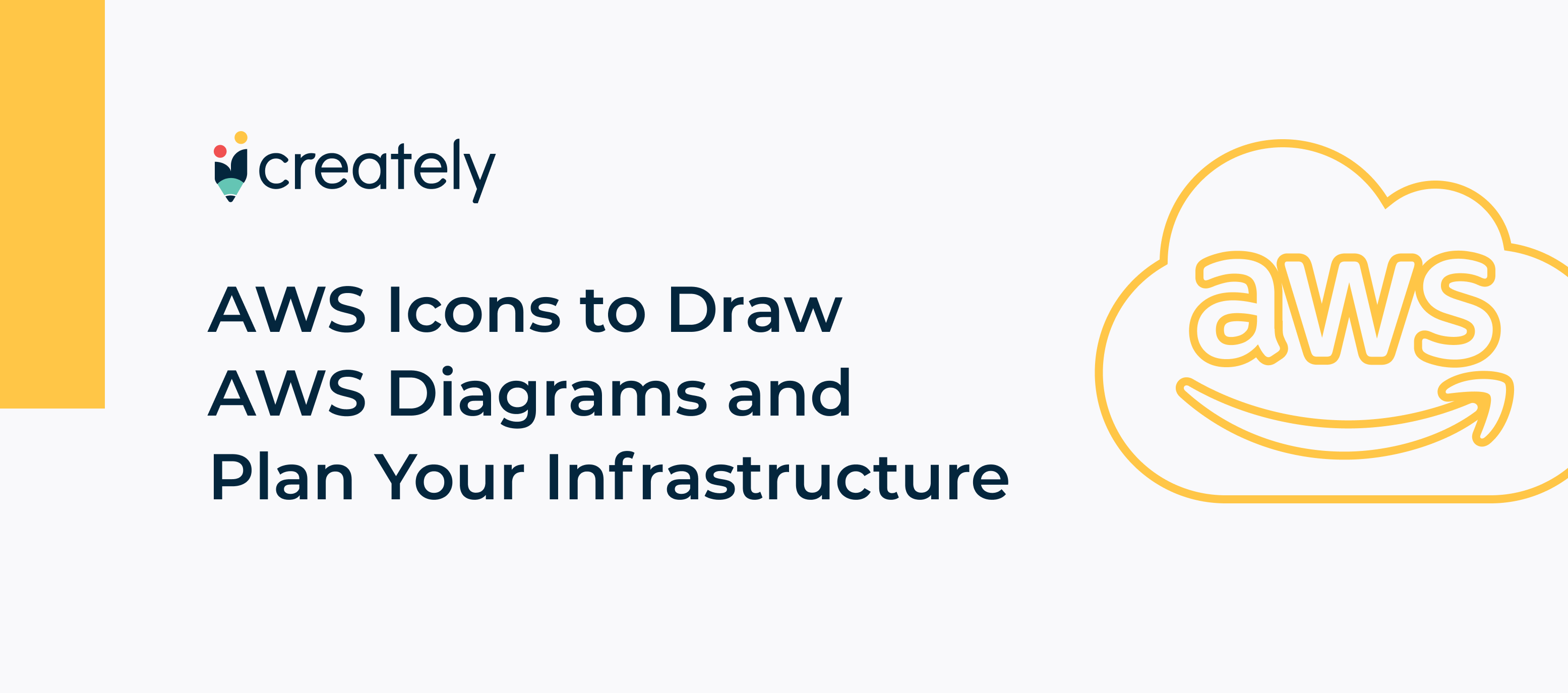Accessing remote IoT devices using free AWS services has become increasingly popular among developers and businesses alike. IoT (Internet of Things) technology is revolutionizing industries by enabling seamless connectivity between devices. However, managing and accessing these devices remotely can be challenging without the right tools and knowledge. In this article, we will explore how you can leverage AWS's free tier to access remote IoT devices efficiently.
As IoT adoption grows, so does the need for robust cloud platforms to support device management and data processing. AWS offers a comprehensive suite of tools that cater to IoT requirements, including device provisioning, data analytics, and secure communication. By utilizing AWS's free tier, developers and small businesses can experiment with IoT solutions without incurring significant costs.
This guide will walk you through the process of setting up and accessing remote IoT devices using AWS's free tier. We'll cover everything from creating an AWS account to configuring IoT devices and ensuring secure communication. Whether you're a beginner or an experienced developer, this article will provide valuable insights and practical steps to help you get started.
Read also:Ms Dhoni
Table of Contents
- Introduction to Remote IoT Device Access
- Understanding AWS Free Tier
- Basics of IoT and AWS IoT Core
- Setting Up an AWS Account
- Configuring AWS IoT Core
- Provisioning IoT Devices
- Ensuring Secure Communication
- Managing IoT Data
- Best Practices for Remote IoT Access
- Troubleshooting Common Issues
- Conclusion
Introduction to Remote IoT Device Access
Accessing remote IoT devices is essential for monitoring and controlling devices from anywhere in the world. With the proliferation of smart devices, the ability to manage them remotely has become a critical requirement for businesses and individuals alike. AWS provides a scalable and secure platform to facilitate remote access to IoT devices.
In this section, we'll discuss the importance of remote IoT device access and how AWS can help streamline this process. By leveraging AWS's cloud infrastructure, you can ensure that your devices are always connected and accessible, regardless of their physical location.
Why Remote Access Matters
- Enhanced device management capabilities
- Improved operational efficiency
- Real-time monitoring and control
- Reduced maintenance costs
Understanding AWS Free Tier
AWS offers a generous free tier that allows users to experiment with its services without any financial commitment. The free tier includes a wide range of services, including AWS IoT Core, which is perfect for managing remote IoT devices. By taking advantage of the free tier, you can test and develop IoT solutions without worrying about costs.
Some of the key benefits of the AWS free tier include:
- 1 million AWS IoT Core messages per month
- Up to 10 devices registered with AWS IoT Core
- Access to other AWS services such as Lambda, S3, and DynamoDB
Basics of IoT and AWS IoT Core
To effectively access remote IoT devices, it's essential to understand the fundamentals of IoT and how AWS IoT Core fits into the ecosystem. IoT refers to the network of physical devices embedded with sensors, software, and connectivity capabilities, enabling them to collect and exchange data.
AWS IoT Core is a managed cloud platform that allows connected devices to interact with cloud applications and other devices securely. It provides features such as device registration, message routing, and data processing, making it an ideal choice for IoT projects.
Read also:Curtis Jones
Key Features of AWS IoT Core
- Device Shadow: Maintains a synchronized state of devices
- Rules Engine: Processes and routes IoT data to other AWS services
- Device Defender: Monitors and audits device behavior for security
Setting Up an AWS Account
Before you can access remote IoT devices using AWS, you need to create an AWS account. The process is straightforward and can be completed in a few simple steps. Once your account is set up, you can activate the free tier and start exploring AWS services.
Here's how you can create an AWS account:
- Visit the AWS website and click on "Create an AWS Account"
- Provide your personal or business information
- Enter your payment details (required for verification)
- Complete the identity verification process
Configuring AWS IoT Core
Once your AWS account is ready, the next step is to configure AWS IoT Core. This involves setting up the necessary resources, such as policies, certificates, and rules, to ensure secure and efficient communication between your devices and the cloud.
Steps to Configure AWS IoT Core
- Log in to the AWS Management Console
- Navigate to the AWS IoT Core dashboard
- Create a new thing (device) and assign it a unique identifier
- Generate and download device certificates and private keys
Provisioning IoT Devices
Provisioning IoT devices involves setting up the hardware and software required to connect them to AWS IoT Core. This process typically includes installing the necessary firmware, configuring network settings, and registering the devices with AWS.
Provisioning Steps
- Install the AWS IoT Device SDK on your device
- Configure Wi-Fi or cellular connectivity
- Register the device with AWS IoT Core using the generated certificates
Ensuring Secure Communication
Security is a top priority when accessing remote IoT devices. AWS IoT Core provides several features to ensure secure communication between devices and the cloud. These include mutual authentication, encryption, and access control policies.
Best Security Practices
- Use TLS (Transport Layer Security) for encrypted communication
- Implement fine-grained access control using IAM policies
- Regularly update device firmware and certificates
Managing IoT Data
IoT devices generate vast amounts of data that need to be processed and analyzed effectively. AWS provides several services to help manage and analyze IoT data, including Amazon Kinesis, AWS Lambda, and Amazon S3.
By leveraging these services, you can create end-to-end IoT solutions that capture, process, and store data efficiently. This enables you to gain valuable insights and make data-driven decisions.
Best Practices for Remote IoT Access
To ensure a successful IoT implementation, it's essential to follow best practices for remote device access. These practices cover areas such as device management, security, and scalability.
Key Best Practices
- Regularly monitor device performance and health
- Implement robust security measures to protect sensitive data
- Plan for scalability to accommodate growing device fleets
Troubleshooting Common Issues
Despite careful planning, issues can arise when accessing remote IoT devices. Common problems include connectivity issues, authentication failures, and data processing errors. In this section, we'll discuss some of the most frequent issues and provide solutions to help you troubleshoot them effectively.
Common Issues and Solutions
- Connectivity Issues: Check network settings and ensure proper firmware installation
- Authentication Failures: Verify certificates and update IAM policies
- Data Processing Errors: Review AWS IoT Core rules and Lambda functions
Conclusion
Accessing remote IoT devices using free AWS services is a powerful way to manage and monitor your devices efficiently. By leveraging AWS IoT Core and other AWS services, you can create scalable and secure IoT solutions that meet your business needs.
We hope this guide has provided you with valuable insights and practical steps to get started with remote IoT device access. To further enhance your knowledge, we encourage you to explore additional AWS resources and experiment with different IoT use cases.
Call to Action: Share your thoughts and experiences in the comments below. If you found this article helpful, don't forget to share it with your network. For more in-depth guides and tutorials, check out our other articles on IoT and AWS.


